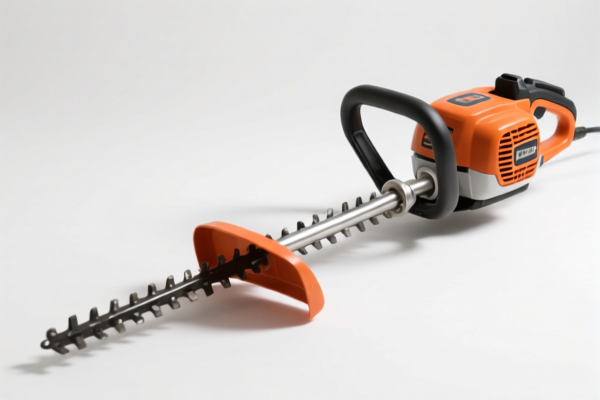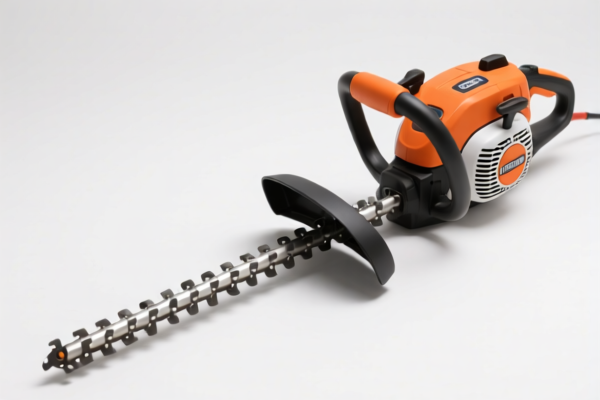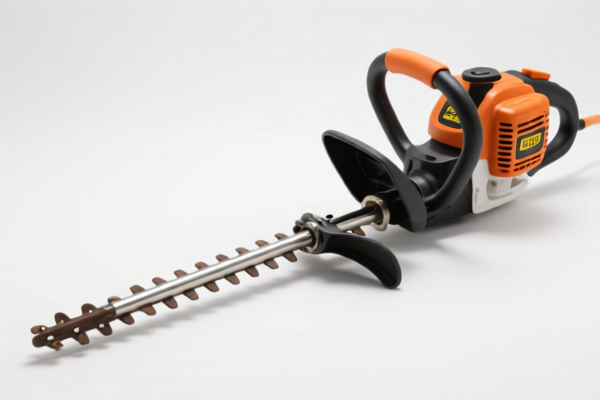| HS Code | Official Doc | Tariff Rate | Origin | Destination | Effective Date |
|---|---|---|---|---|---|
| 8203206030 | Doc | 12¢/doz. + 5.5%+55.0% | CN | US | 2025-05-12 |
| 8203406000 | Doc | 58.3% | CN | US | 2025-05-12 |
| 8205517500 | Doc | 58.7% | CN | US | 2025-05-12 |
| 8205593080 | Doc | 55.0% | CN | US | 2025-05-12 |
| 8206000000 | Doc | The rate of duty applicable to that article in the set subject t+30.0% | CN | US | 2025-05-12 |
| 7317006530 | Doc | 80.0% | CN | US | 2025-05-12 |
| 8305903010 | Doc | 30.0% | CN | US | 2025-05-12 |
| 8305906000 | Doc | 43.2% | CN | US | 2025-05-12 |




Wire Cutters
Wire cutters are hand tools used for cutting various types of wire, typically electrical wiring, though applications extend to other materials. They are essential in electrical work, jewelry making, construction, and general household repairs.
Material:
- High-Carbon Steel: The most common material for blades, providing hardness and durability. Often heat-treated for increased strength.
- Alloy Steel: Used in higher-quality cutters for increased resistance to wear and corrosion.
- Handles: Typically made of plastic, rubber, or coated metal for insulation and grip. Some have ergonomic designs for comfort.
Purpose:
The primary purpose is to cleanly cut wire without deforming it excessively. Specialized cutters are designed for specific wire types and gauges.
Function:
Wire cutters function based on leverage. The pliers-like jaws create a shearing action when force is applied, cutting the wire. The jaws are designed with a cutting edge that concentrates force on a small area of the wire. Some models include features like wire stripping notches and crimping jaws for added functionality.
Usage Scenarios:
- Electrical Work: Cutting and stripping electrical wires for installations, repairs, and modifications.
- Jewelry Making: Cutting and shaping wire for creating jewelry components.
- Construction & DIY: Cutting wire mesh, fencing wire, and other metallic materials.
- Automotive Repair: Cutting wire harnesses and other automotive wiring.
- Electronics Repair: Cutting component leads and wire during electronics assembly and repair.
Common Types:
- Diagonal Cutting Pliers (Side Cutters): The most common type, with jaws that cut wire at an angle. Suitable for general-purpose wire cutting.
- Wire Strippers: Designed specifically for removing the insulation from electrical wires without damaging the conductor. Often incorporate multiple wire gauge notches. Some models combine stripping and cutting functions.
- Flush Cutters: Produce a very clean, flush cut, ideal for jewelry making and electronics where minimal protrusion is desired.
- Heavy-Duty Wire Cutters: Designed for cutting thicker wires and cables, often used in construction and industrial applications.
- Cable Cutters: Larger cutters with longer handles for cutting thick cables and wires, requiring significant force.
- Self-Opening Wire Cutters: Spring-loaded to automatically open the jaws after cutting, improving safety and efficiency.
- Insulated Wire Cutters: Feature insulated handles for protection when working with live electrical wires (rated for specific voltages).
- Micro Wire Cutters: Small, precision cutters for delicate work with fine wires, often used in electronics and jewelry making.
Wire cutters fall under tools used for cutting metal, specifically wires. Based on the provided information, the following HS codes are relevant:
- 8203206030: This HS code covers Files, rasps, pliers (including cutting pliers), pincers, tweezers, metal cutting shears, pipe cutters, bolt cutters, perforating punches and similar handtools, and base metal parts thereof. Specifically, it details Pliers (including cutting pliers), pincers, tweezers and similar tools, and parts thereof: Other: Other (except parts) Pliers. Cutting pliers are a type of wire cutter, placing them within this classification. The tax rate includes a base duty of 12¢/doz. + 5.5%, with an additional 25.0% duty currently, increasing to 30.0% after April 2, 2025, resulting in a total tax rate of 12¢/doz. + 5.5% + 55.0%.
- 8203406000: This HS code encompasses Files, rasps, pliers (including cutting pliers), pincers, tweezers, metal cutting shears, pipe cutters, bolt cutters, perforating punches and similar handtools, and base metal parts thereof. More specifically, it covers Pipe cutters, bolt cutters, perforating punches and similar tools, and parts thereof: Other (including parts). As wire cutters are similar tools, they may fall under this classification. The tax rate includes a base duty of 3.3%, with an additional 25.0% duty currently, increasing to 30.0% after April 2, 2025, resulting in a total tax rate of 58.3%.
It is important to note that the classification between 8203206030 and 8203406000 may depend on the specific design and function of the wire cutters. If the wire cutters are primarily designed as pliers with a cutting function, 8203206030 would be more appropriate. If they are specifically designed as a cutting tool similar to pipe or bolt cutters, 8203406000 would be more appropriate.
Customer Reviews
No reviews yet.